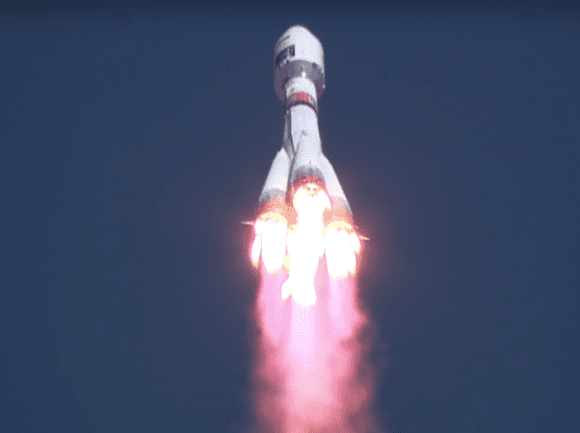70 JASSM-ER Missiles for the Polish F-16 Fighters. US State Department Issues A Consent
US Department of State approved the transaction, the goal of which is to make it possible for Poland to acquire the JASSM-ER cruise missiles. The ER version has a range which exceeds 900 kilometres. USD 200 million has been defined as the maximum amount of the contract.
According to the information released by the DCSA agency, the potential agreement would cover acquisition of 70 AGM-158B JASSM-ER missiles, along with systems that would make it possible to conduct a relevant test-flight programme, including launches and carrying of such ordnance by the Polish F-16 fighter aircraft. Poland would also be bound to receive simulators of the AGM-158B weapon. The potential contract is also expected to cover the integration procedure, including the process of integrating the new weapon with the Polish F-16 jets, provision of technical support, support within the scope of logistics and testing equipment.
The maximum estimated value of the deal has been defined as USD 200 million, whereas earlier claims suggested that Poland has been interested in procuring 40 JASSM missiles in the extended range variant. One should remember that the FMS document indicates the maximum amounts and quantity of armament approved.
The US authorities stress the fact that selling the missiles could be interpreted as a contribution to the implementation of the foreign policy goals, and would be an element which bolsters the US security, through provision of support for the NATO ally. The release suggests that Poland is still seen an important player, when it comes to the political stability and economic development in the central part of Europe.
The information published also indicates that JASSM-ER missiles will enhance the Poland’s ability to act against potential threats posed by present and future ground based and airborne weaponry. Here, the US officials are probably referring to the long range missiles, which are being gradually deployed within the Kaliningrad Oblast area.
DSCA also notes that modernization will also expand the Polish air-to-ground strike capabilities, enabling the Air Force to be an effective deterrent against the “regional threats”, which, as a consequence, would also lead to expansion of the Polish defensive capabilities.
Lockheed Martin company is to be the main contractor, within the JASSM-ER procurement procedure. Formal notification issued by DSCA is not tantamount to conclusion of the contract, as the transaction still needs to be approved by the Congress, nonetheless, considering the current circumstances, this seems to be very likely to happen.
Back in 2014, Poland ordered 40 AGM-158A missiles, along with a modernization package for the F-16C/D aircraft. The above-described step is a natural follow-up process, since the AGM-158B JASSM-ER missiles have a range of more than 900 kilometres, as compared to the 370 kilometres for the AGM-158A variant. Tomasz Siemoniak, former Minister of Defence, was the first person to express the Warsaw’s interest in acquiring the Extended Range variant of the weapon.
JASSM missile is being guided with a combined INS/GPS guidance system coupled with a FLIR guidance solution which takes over the task of the INS/GPS suite during the terminal phase of flight. The purpose of the said missiles is to precisely strike critical targets, including fortified objects or elements of the air defence system used by the potential enemy.
At the moment, JASSM-ER missiles have only been integrated with the USAF B-1B bombers, however, in the US Air Force, the weapon is to be carried by B-52H bombers, F-15E Strike Eagles and F-16 Fighting Falcons too. Considering the fact that integration of the missile with the latter platforms is not a priority in the US, Poland may become the first user of the JASSM-ER missile launched from the F-16, and almost certainly, Warsaw is going to be the first foreign buyer to acquire the AGM-158B JASSM-ER weapon. AGM-158A missiles have so far been sold also for Finland and Australia, utilizing F/A-18A/B and F/A-18C/D Hornet jets.
Approved JASSM-ER procurement may be interpreted as a proof of the fact that the US authorities trust the Warsaw government. Acquisition of 70 missiles would increase the Polish Air Force’s deterrence capabilities, and Poland’s NATO credibility. More armament procurement for the F-16 jets is expected too, including the anti-radiation missiles.
On the other hand one should remember that deterrence capabilities should be created in a manner which is comprehensive, in connection with a proper C4IS, reconnaissance and ground-launched and surface to air missiles, including a relevant missile defence system.




